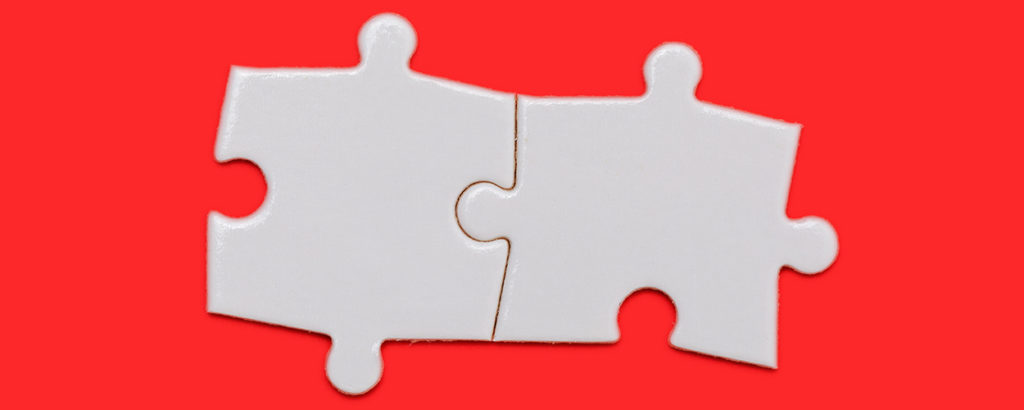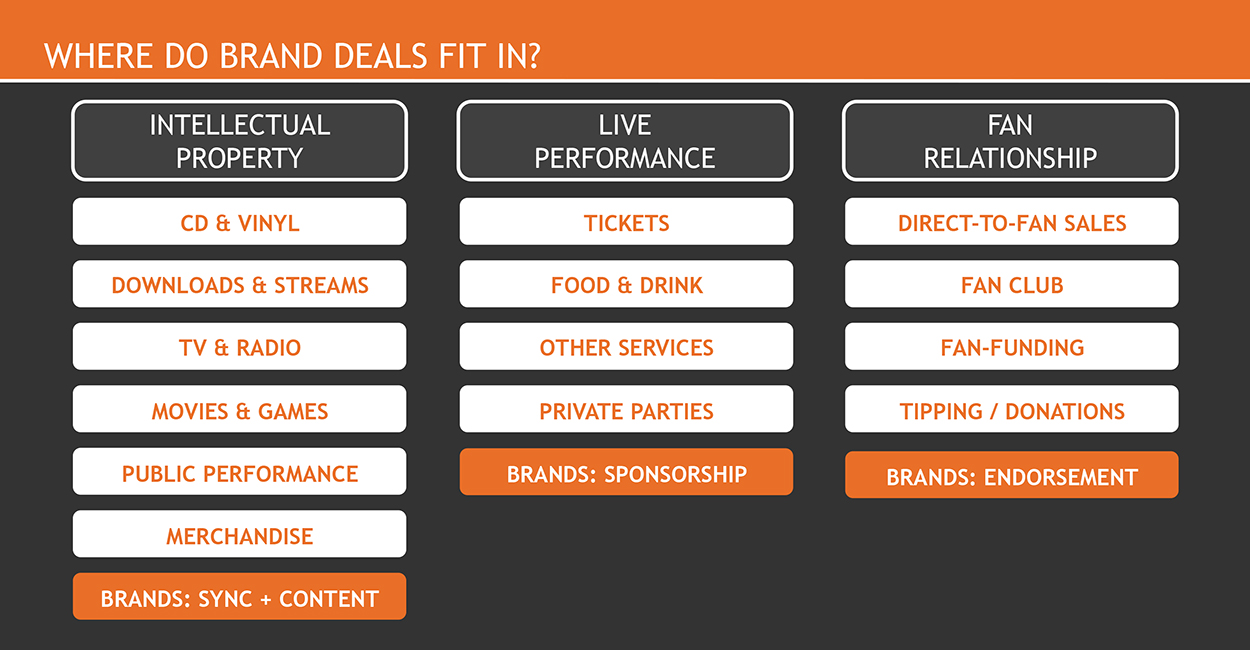This website uses cookies so that we can provide you with the best user experience possible. Cookie information is stored in your browser and performs functions such as recognising you when you return to our website and helping our team to understand which sections of the website you find most interesting and useful.
CMU Trends In Ten
CMU Trends In Ten: Brand Partnerships
By Chris Cooke | Last Updated: June 2020

This is a ten step guide to brand partnerships, looking at when brands work with artists and the music industry, and the specifics and complexities that often come with those deals and relationships.


01. Many brands use music as a marketing tool – but in different ways
It’s no secret that lots of brands want to work with music. Brands use music to reach and engage consumers. Brands use music to communicate their ‘personality’ or ‘identity’. Brands use music to create a certain ‘mood’ or ‘vibe’ in their advertising and communications. And brands use music to enhance their social and digital marketing channels.
Which means brands spend money with the music industry in order to access music. Or to have a presence at music events. Or to reach a specific artist’s fanbase. Which of those are the objective will have an impact on which part of the music industry the brand deals with.
Artists have various different ways of making money and usually work with different business partners on each of their key revenue streams. As a result, most music companies specialise in one aspect of each artist’s business, which means we can split the music industry up based of those specialisms.
A common distinction is made between those companies that work with artists on their content and copyright, those companies that work with artists on their shows and other live performances, and those companies that work with artists on monetising the direct-to-fan relationship. So the music rights industry, the live music industry and the direct-to-fan industry.
If a brand primarily wants access to music to use in adverts and videos, it needs to work with the music rights industry. If it wants a presence in venues, at shows, or at festivals, it needs to work with the live music industry. If it wants to have a direct connection with an artist’s fanbase – or an artist’s endorsement – it will need to work with the direct-to-fan industry.
Some brands want an association with music in general – so may form partnerships with labels, media, streaming platforms, venues, festivals or award events that bring lots of artists and lots of music to the table. Other brands want an association with specific artists, often working with those artists in multiple different ways.
Some brands want an association with superstar artists – because they will appeal to a greater number of consumers – while other brands want an association with newer artists – because they want to be seen to be innovative, cool or ahead of the curve.
And some brands will want an association with specific genres of music that they feel are popular with their target demographic.
All of these things will also affect who in the music industry the brand works with. And often how much money the brand will have to spend.






